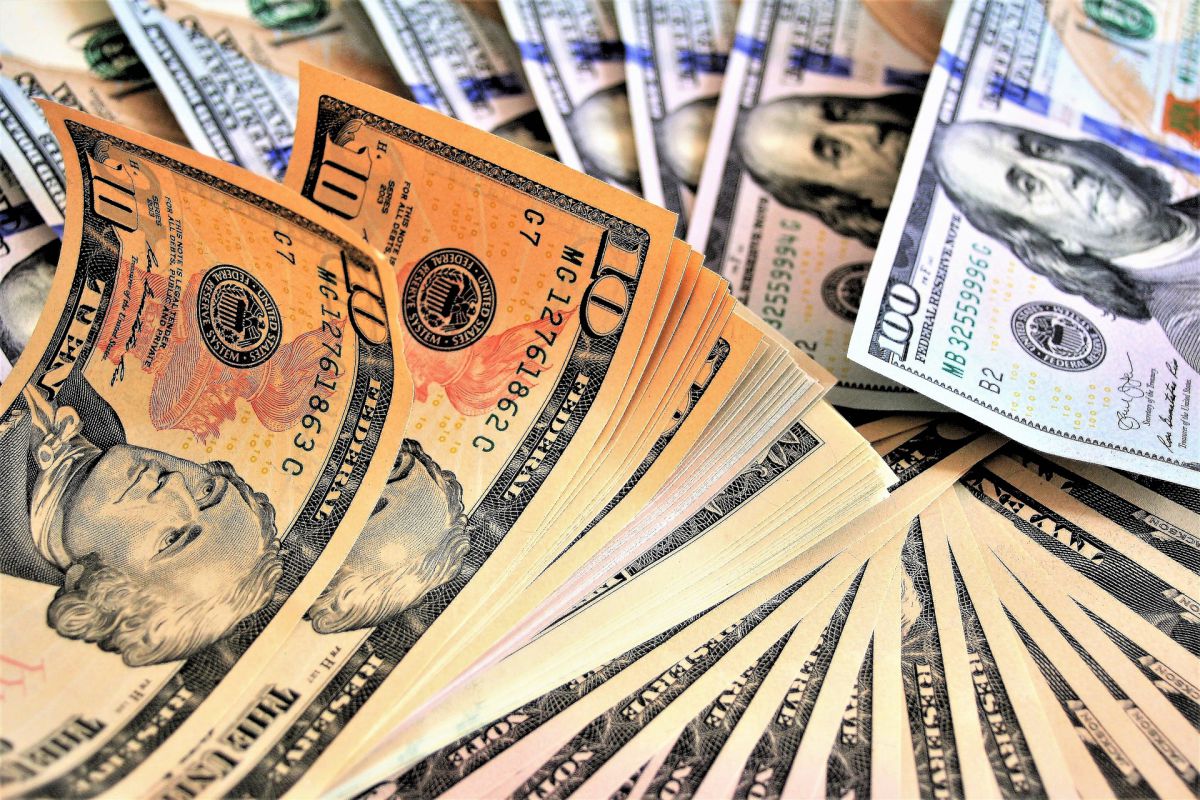I thought “price distortion” was an opportunity
Courtesy of Joshua M Brown
 Larry Swedroe comes around swinging a sledgehammer at absurd claims that index funds are distorting the markets – if this is the case, then, if anything, selecting the mis-priced securities ought to be a field day for investors who believe they can do so.
Larry Swedroe comes around swinging a sledgehammer at absurd claims that index funds are distorting the markets – if this is the case, then, if anything, selecting the mis-priced securities ought to be a field day for investors who believe they can do so.
Swedroe offers up the only argument against “passive distortion” that really matters – the vast chasm between winners and losers this year and last.
If we’re saying that money is pouring into indexes, and then that money is being allocated proportionately and blindly among the components of an index, then these components would be rising and falling in unison if its true that the indexes are setting (or stabilizing) prices.
But, of course, this is not at all what’s happening. You can’t have this much dispersion without active managers being the price setters:
As pointed out in my annual look at lessons the markets teach investors, the S&P 500 Index lost 4.4 percent in 2018, including dividends. In terms of price-only returns, 10 stocks were up at least 42.6 percent. On the other hand, the 10 largest losers lost at least 44.2 percent. All active managers had to do to outperform was overweight the top 10 and underweight the bottom 10. Or they simply could have held cash! Yet Vanguard 500 Index Investor (VFINX) outperformed 71 percent of actively managed funds in its asset class. 2019 is no different. Through August, the S&P 500 Index was up about 17.5 percent in terms of total return. According to S&P, 10 stocks returned at least 62.1 percent (led by the return of 94.2 percent by Chipotle), and 10 stocks lost at least 37 percent, the worst performer being Dupont, with a loss of almost 58 percent. The gap between the top and bottom performers was 152 percent, presenting active managers with a great opportunity to add value.
Demonstrating how absurd the criticism of passive investing is, if it were driving prices and destroying the price-discovery function, we would not have seen such wide disparity in returns. Clearly, active investors engaged in price discovery are still trading, and their activity must be what is setting prices. And again, VFINX outperformed about two-thirds of the actively managed funds in their asset class.
The disparity between single-stock returns is both the prima facie and ultimum judicium needed to disprove this trope. Larry nails it. As I said the other day, it’s more likely that the real bubble has been in active management all along.
Source:
TALK OF A PASSIVE BUBBLE IS JUST HOT AIR (The Evidence Based Investor)



